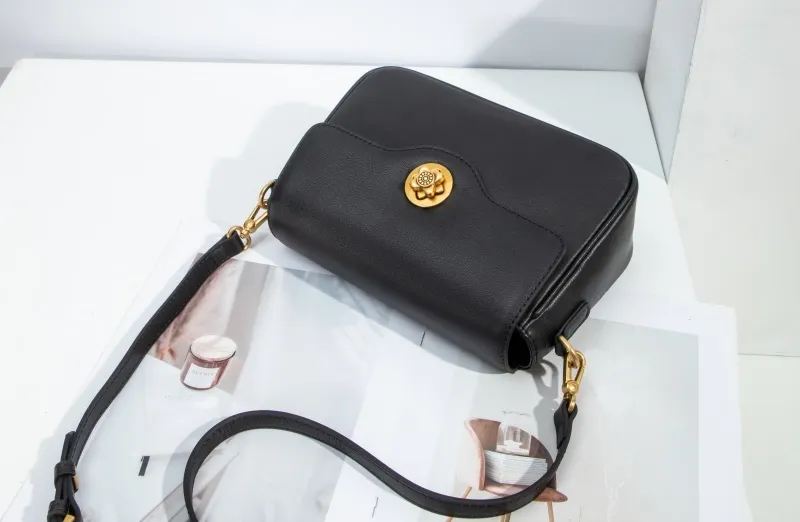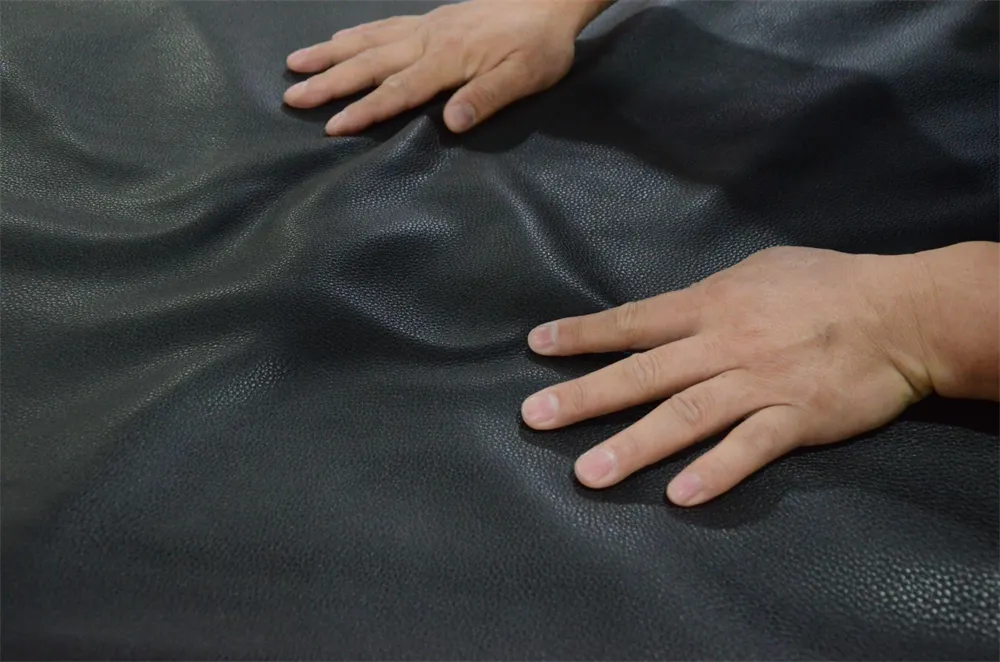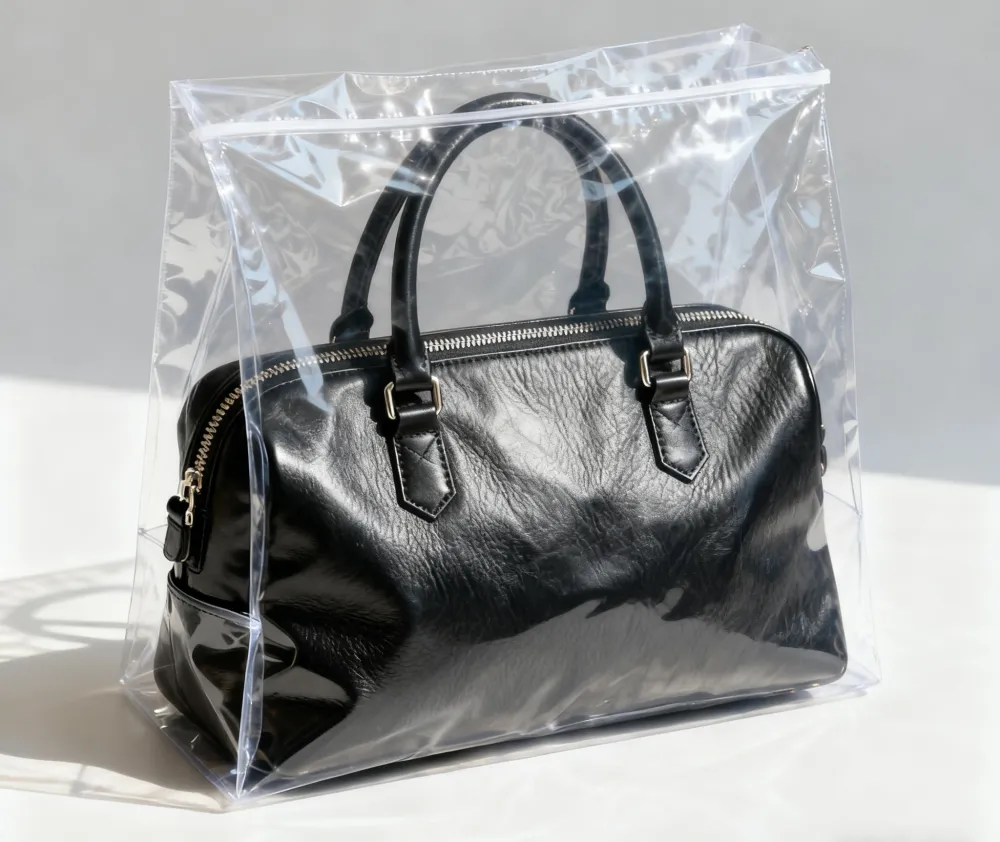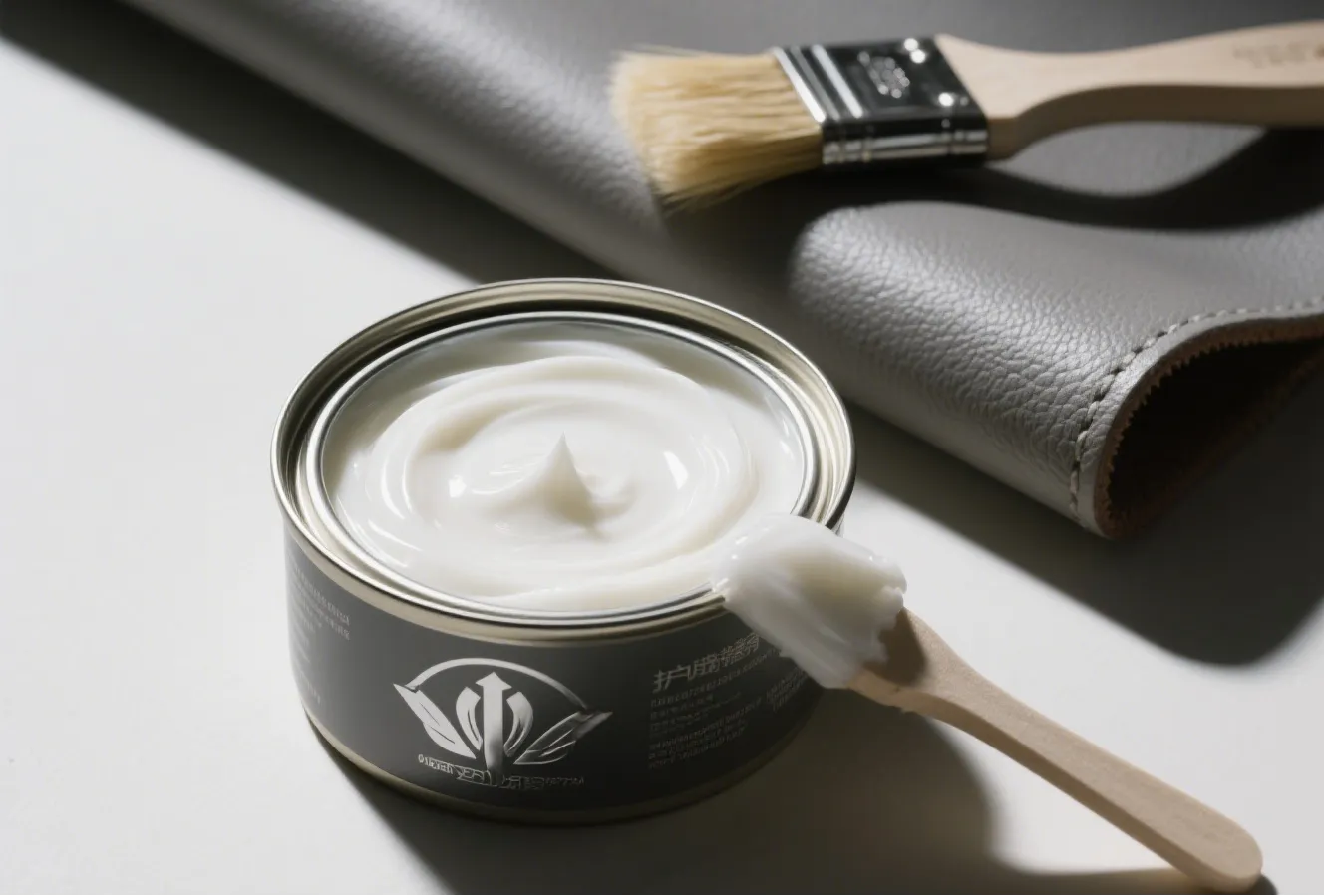Leather bags are timeless accessories—they blend functionality with style, making them a favorite among fashion lovers and practical users alike. But one question always lingers: how long do leather bags last? Unlike synthetic bags, leather’s lifespan isn’t fixed; it depends on three key factors: the type of leather used, your daily usage habits, and how well you maintain the bag. Let’s break down each factor to help you understand how to maximize your leather bag’s longevity.

The first and most critical factor determining how long do leather bags last is the type of leather itself. Not all leather is created equal—some varieties are engineered for longevity, while others prioritize aesthetics over durability. To start, let’s focus on the most durable type of leather for bags: full-grain cowhide.
Full-grain leather retains the entire outer layer of the cowhide, including natural pores and markings. This layer is dense and resistant to scratches, scuffs, and wear. A well-made full-grain leather bag can easily last 10–20 years, and even improve with age (developing a unique “patina” that adds character). For example, a full-grain leather tote used for weekly errands, with basic care, might still look great after 15 years—proving how much leather type impacts how long do leather bags last.
In contrast, top-grain leather (a common alternative) has the outer layer sanded down to remove imperfections. While it’s smoother and more affordable, it’s less durable than full-grain. A top-grain leather crossbody bag, used daily, typically lasts 5–8 years before showing signs of significant wear (like fading or minor cracking). Split leather—made from the inner, thinner layer of the hide—is even less durable. Split leather bags often last just 3–5 years, as they’re prone to tearing and stretching with regular use. No matter the style, the leather type sets the baseline for how long do leather bags last.

Even the most durable leather bag will degrade quickly if used carelessly. Your daily habits play a huge role in answering how long do leather bags last—small choices (like what you carry or where you store the bag) can add years to its life or cut it short.
Leather is strong, but it has limits. Overloading your bag with heavy items (like laptops, textbooks, or multiple water bottles) puts constant stress on seams, straps, and the bag’s structure. For example, a leather satchel designed for light essentials (wallet, phone, keys) that’s forced to carry a 15-inch laptop every day will start showing strain within 6–12 months: straps may stretch, seams may fray, and the base may lose its shape. Over time, this can reduce the bag’s lifespan by 30–50%. So, to protect how long do leather bags last, stick to the bag’s intended capacity—if you need to carry heavy items, choose a bag with reinforced straps and a sturdy base.
Using the same leather bag every single day accelerates wear. The constant friction (against clothing, chairs, or tables), exposure to sweat, and daily handling all take a toll. A daily (commute) bag, for instance, will wear faster than a bag used only on weekends. If you rotate 2–3 leather bags (e.g., one for work, one for weekends, one for travel), each bag gets time to “rest” and recover, slowing down aging. A rotated full-grain leather bag might last 15 years, while the same bag used daily could last just 8–10 years—clear proof that frequency affects how long do leather bags last.
Poor storage is a silent killer of leather bags. Leaving your bag folded on the floor, exposed to direct sunlight, or stored in a damp closet can cause irreversible damage: sunlight fades leather and dries it out (leading to cracking), moisture causes mold and mildew, and folding creates permanent creases. To preserve how long do leather bags last, store your bag in a breathable dust bag (never plastic, which traps moisture) in a cool, dry closet. Stuff the bag with tissue paper or a soft cloth to maintain its shape—this simple step can add 2–3 years to a bag’s lifespan.

The third factor in how long do leather bags last is maintenance. Even a mid-quality leather bag can last a decade with proper care, while a high-quality bag neglected will degrade quickly. Below are essential leather bag care tips to extend your bag’s life:
Dirt, dust, and oil from your hands accumulate on leather over time, seeping into pores and breaking down the material. To prevent this, wipe your bag with a soft, dry cloth (like a microfiber cloth) every 2–3 days to remove surface dust. Once a month, do a deeper clean: mix a small amount of mild liquid soap (like baby shampoo) with warm water, dampen a cloth (never soak it), and gently wipe the leather. Avoid harsh cleaners (like bleach or alcohol)—they strip the leather’s natural oils and cause cracking. By keeping your bag clean, you slow down wear and ensure how long do leather bags last is measured in years, not months.
Leather is a natural material—like skin, it needs moisture to stay soft. Over time, leather dries out, leading to cracks and peeling. To prevent this, use a leather conditioner (avoid petroleum-based products, which can damage leather) every 2–3 months. Apply a small amount to a clean cloth, rub it into the leather in circular motions, and let it absorb for 1–2 hours before wiping off excess. For example, a (vegetable-tanned leather) bag—known for its tendency to dry out—will stay crack-free for years with regular conditioning, directly improving how long do leather bags last.

Accidents happen: coffee spills, rain, or ink marks can ruin a leather bag if not treated properly. For water damage: blot (don’t rub) the wet area with a dry cloth, then let the bag air-dry in a cool, shaded area (never use a hair dryer—heat dries out leather). For stains: use a leather-specific stain remover (test it on an invisible area first, like the inside of the strap) and gently dab the stain. Rubbing too hard can spread the stain or damage the leather’s surface, which shortens how long do leather bags last.
Now that we’ve covered the key factors, let’s answer the core question: how long do leather bags last? Here’s a breakdown of typical lifespans based on leather quality and care:
The answer to how long do leather bags last boils down to three things: choosing the right leather (prioritize full-grain if durability matters), using the bag responsibly (avoid overloading and rotate your collection), and investing time in maintenance (follow leather bag care tips like cleaning and conditioning). A leather bag is an investment—with the right care, it can (accompany) you through years of work, travel, and daily life. Remember: the most durable type of leather is only as good as how you treat it—so take care of your bag, and it will take care of you.